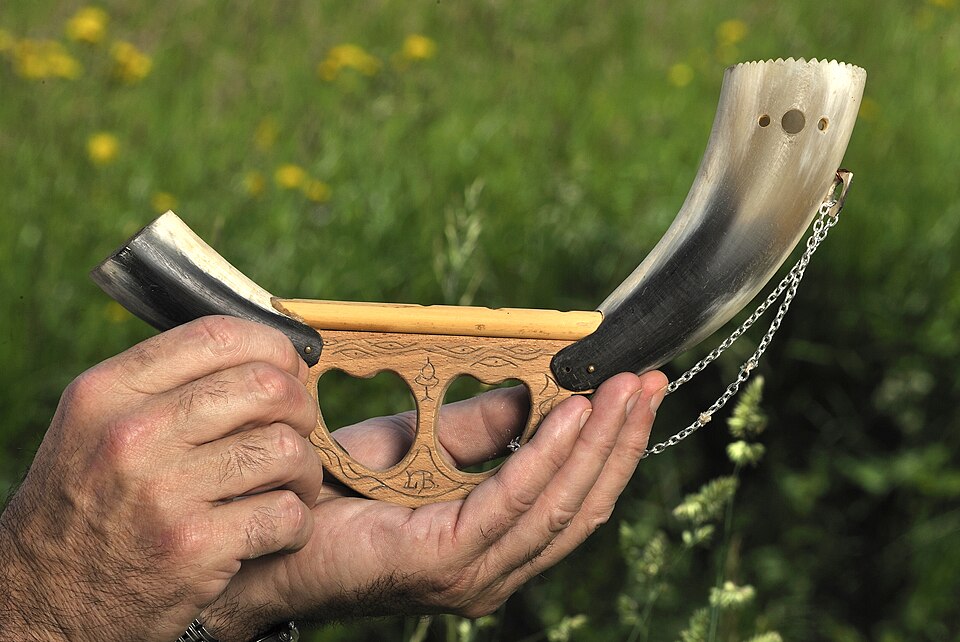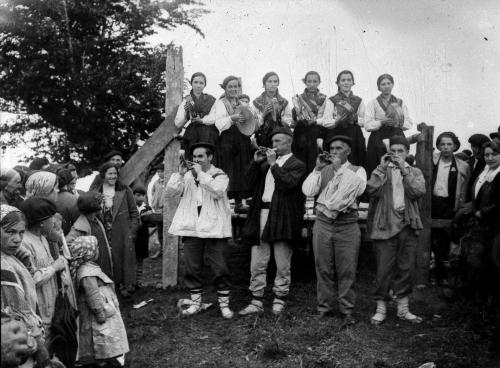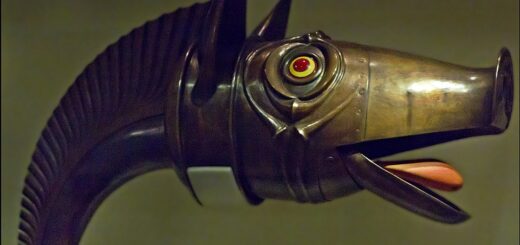Alboka – Echoes of the Basque Soul

When you think of traditional folk music, you might picture fiddles in Ireland or bagpipes in Scotland. But in the misty green hills of the Basque Country, nestled between northern Spain and southwestern France, there’s another sound that defines the spirit of the land, the haunting, reedy melody of the alboka.
What Is the Alboka? 🌾
The alboka is a traditional Basque wind instrument, instantly recognizable by its dual horns and its bright, buzzing sound. Though it looks like something from a medieval fantasy novel, it’s very real, and it has roots going back centuries.
The word alboka likely comes from the Arabic al-bûq, meaning “the horn.” This points to the instrument’s deep and varied ancestry, stretching across cultures and empires. It’s believed to have evolved from North African instruments introduced to the Iberian Peninsula during the Moorish period, blending over time with local traditions.

A basque traditional alboka. Creative Commons | Author: Mikel Arrazola – Source: https://commons.wikimedia.org/wiki/File:Alboka._Euskal_Herria.jpg
How Is Alboka Made? 🛠️
An alboka is a fascinating hybrid. At its core, it features:
– Two cane pipes (like clarinets) with finger holes for playing melodies
A wooden mouthpiece
– Two animal horns, one at the mouthpiece end and one at the base of the pipes, that act as natural amplifiers
– A circular breathing technique (yep, like didgeridoo players) to keep the sound flowing continuously
It’s a technical marvel for such an old folk instrument and requires serious skill to play. Musicians blow into it using circular breathing, meaning they push air out of their mouths while breathing in through their nose at the same time. This results in that uninterrupted, flowing sound the alboka is famous for.
What Does It Sound Like? 🎵
The sound of the alboka is both piercing and melodic. It’s high-pitched, energetic, and rhythmic, perfect for traditional Basque dances like the aurresku or mutildantza. In performance, the alboka often takes on the role of a lead melody instrument, sometimes accompanied by a tambourine or a small drum.
Its tone might remind you a little of a bagpipe chanter or a zurna from the Middle East, shrill but spirited, capable of bringing a whole village to its feet.

An alboka standing upright. Creative Commons | Author: Léna – Source: https://commons.wikimedia.org/wiki/File:Albokari.jpg
Cultural Significance 🌍
The alboka isn’t just an instrument, it’s a symbol of Basque identity. For centuries, it was played by shepherds, street performers, and folk dancers, often during festivals and community celebrations. Though it nearly fell into obscurity in the 20th century, the alboka has enjoyed a resurgence in recent decades thanks to folk revival movements and musicians passionate about preserving traditional sounds.
One of the most well-known modern albokaris is Ibon Koteron, who has brought the instrument into new musical contexts while staying true to its heritage. Artists like him are helping the alboka sing once more, on stages, in recordings, and in the hearts of Basque people.

Alboka players in Zeanuri. Creative Commons | Author: Indalecio Ojanguren (1887–1972) – Source: https://commons.wikimedia.org/wiki/File:Zeanuriko_albokalariak.jpg
Why You Should Listen to the Alboka 🧭
If you’re a fan of world music, obscure instruments, or just love discovering new cultural gems, the alboka is definitely worth a listen. Its history is woven into the land and the people who play it, and its sound offers a rare window into a world where tradition meets craftsmanship, and music is as much a part of life as the mountains and sea.
So go ahead, search for a video, close your eyes, and let the wild notes of the alboka carry you to the hills of the Basque Country.
References:
Wikipedia










